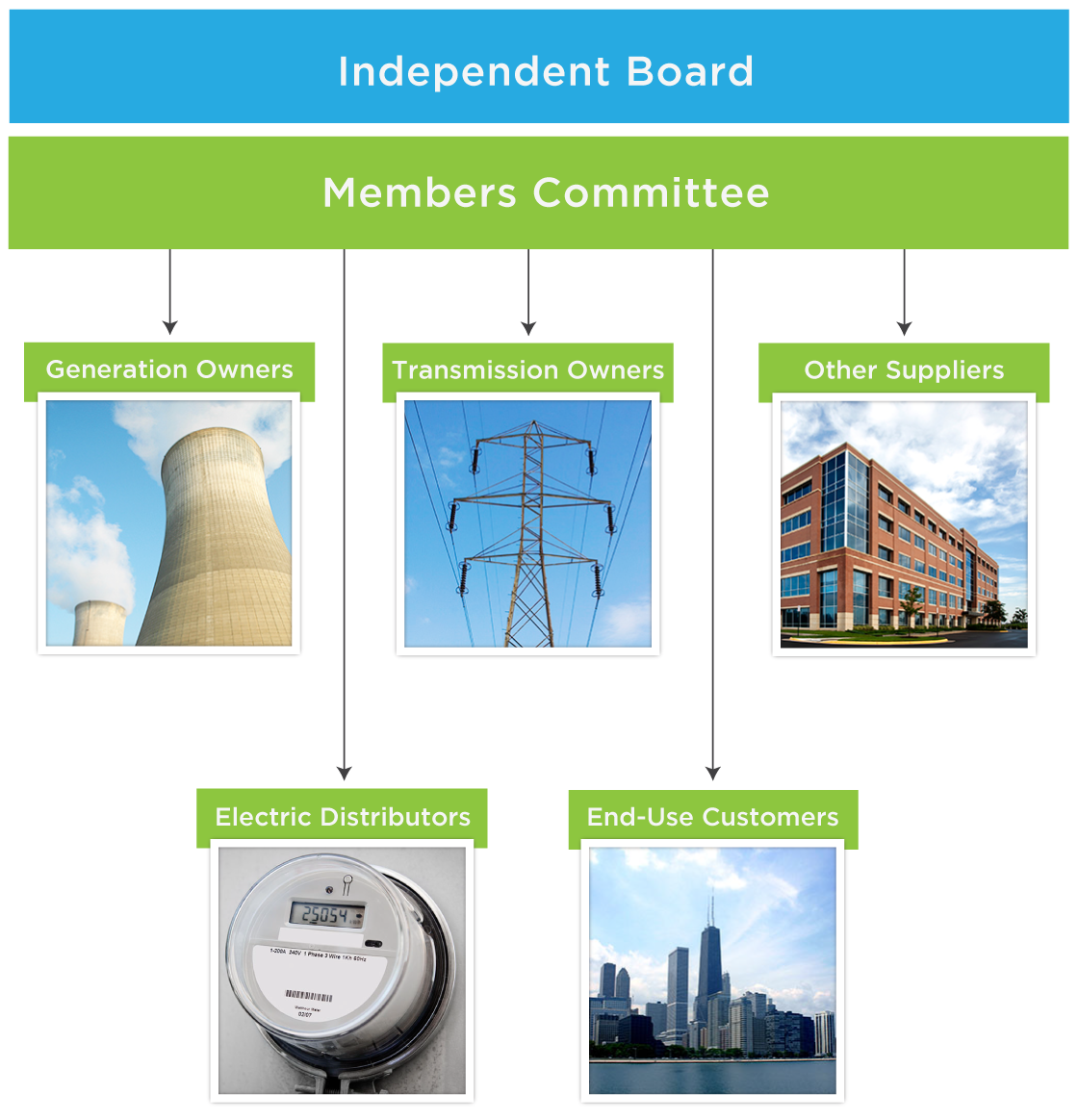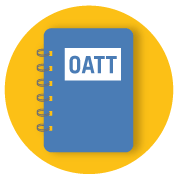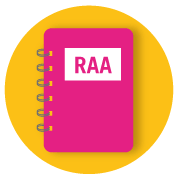Governance
Neutrality and independence are the core of PJM’s business operations. PJM’s two-tiered governance structure – the PJM Board and the Members Committee – ensures independent decisions and the equitable treatment of all PJM members.
PJM’s highest governing body is the PJM Board of Managers. Members of the board – like all PJM employees – have no affiliation with or financial stake in any PJM market participant. The board is responsible for ensuring that PJM safely and reliably operates the grid, and creates and operates competitive and nondiscriminatory electric power markets. The board also ensures that no member or group of members has undue influence over PJM’s operations.

Stakeholders can communicate directly with the Board of Managers through written communications. Communications to the board are governed by procedures contained in PJM Manuals and each communication is published on PJM's website.
The Liaison Committee also provides a venue for direct communication between PJM members and the board. The Liaison Committee consists of up to three members of each sector, along with the chair and vice chair of the Members Committee and meets with the board prior to or following each regularly scheduled PJM Board meeting. In addition to the committee and board members, any PJM member may attend the Liaison Committee meetings in person or by conference call as a “listen only” observer.
The PJM Board is composed of nine voting members, plus the PJM president, who is a non-voting member. The voting board members are elected for three-year staggered terms by the Members Committee.
The Members Committee reviews and decides upon all major changes and initiatives proposed by committees and user groups. The Members Committee provides advice and recommendations to PJM on all matters relating to:
- The safe and reliable operation of the PJM grid
- The creation and operation of a robust, competitive and non-discriminatory electric power market
- Ensuring there is no undue influence over PJM’s operations by any member or group of members
The goal of the stakeholder process, which is administered by the Members Committee, is to efficiently, effectively and fairly identify, review and make decisions regarding proposed revisions to PJM’s governing documents, processes, market and reliability design and operations.
PJM Governing Documents
PJM Interconnection’s day-to-day operations and interactions with its members are outlined in a series of governing documents that establish and define the roles, responsibilities, authorities and obligations of PJM and its members. The three documents are the PJM Open Access Transmission Tariff, the Operating Agreement and the Reliability Assurance Agreement.
 |
The PJM Open Access Transmission Tariff is the overall document that governs the operations of PJM. The tariff includes the provisions governing transmission service within the PJM region. The tariff and revisions to it and the other governing documents are subject to acceptance by the Federal Energy Regulatory Commission, the agency that regulates PJM and the other regional grid organizations.
|
 |
The Operating Agreement must be signed by all organizations wishing to become a member of PJM. It contains provisions that establish how PJM operates as a regional transmission organization. It defines the roles and responsibilities of the PJM Board of Managers, the Members Committee and the Office of the Interconnection (PJM management and staff), which carries out the provisions of the governing documents in managing PJM’s operations, markets and planning.
|
 |
The Reliability Assurance Agreement, signed by all the organizations in PJM that sell electricity to end-use customers, establishes obligations and standards for maintaining the reliable operation of the electric grid. It includes provisions that deal with ensuring adequate capacity resources, providing assistance during emergencies and planning for the future needs of the system.
|
 |
In addition, the PJM manuals are the administrative, planning, operating and accounting procedures of PJM and implement the requirements of the PJM Tariff, Operating Agreement and Reliability Assurance Agreement. They are available on pjm.com in PDF format. The previous version of each manual is also posted for comparison of the changes that occurred between the current and prior version of the manual.
|
Another document, the Transmission Owners Agreement, is signed by the transmission-owning members of PJM – those members that own transmission facilities or lease them with rights that are equivalent to ownership. The agreement provides for the coordinated planning and operation of transmission assets in PJM, transfers some planning and operating responsibilities to PJM and establishes regional transmission service as provided for in the PJM tariff.